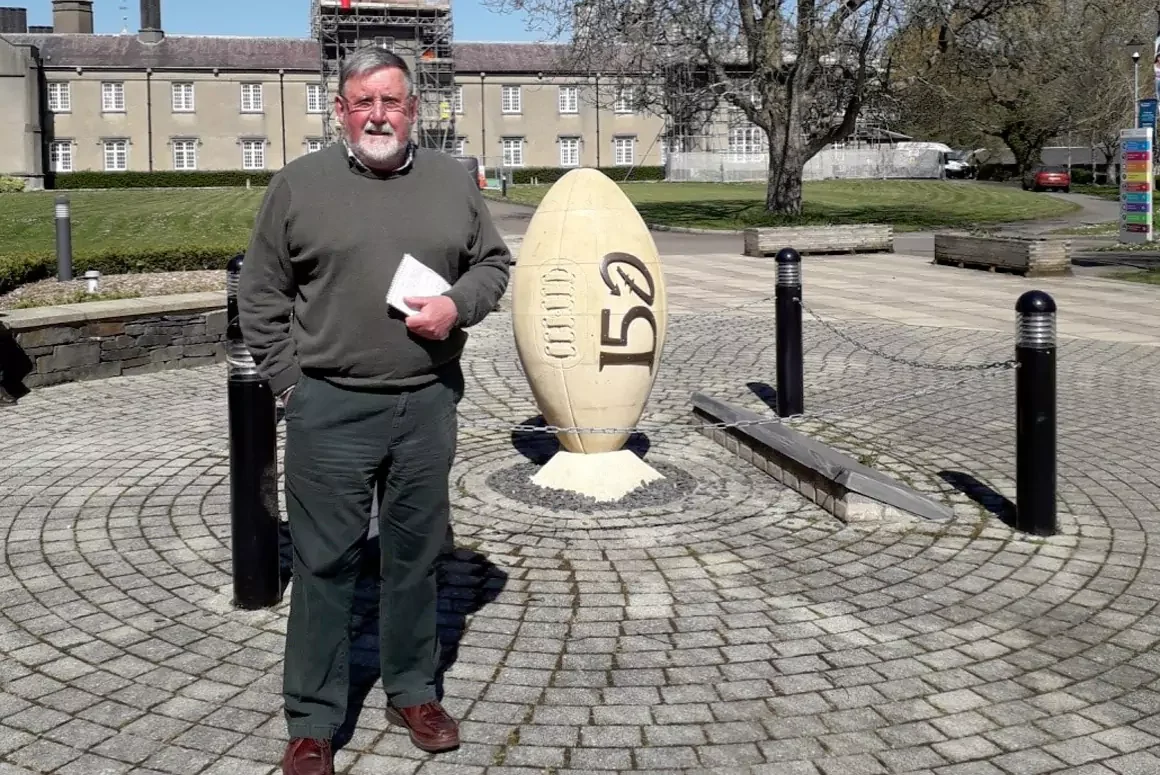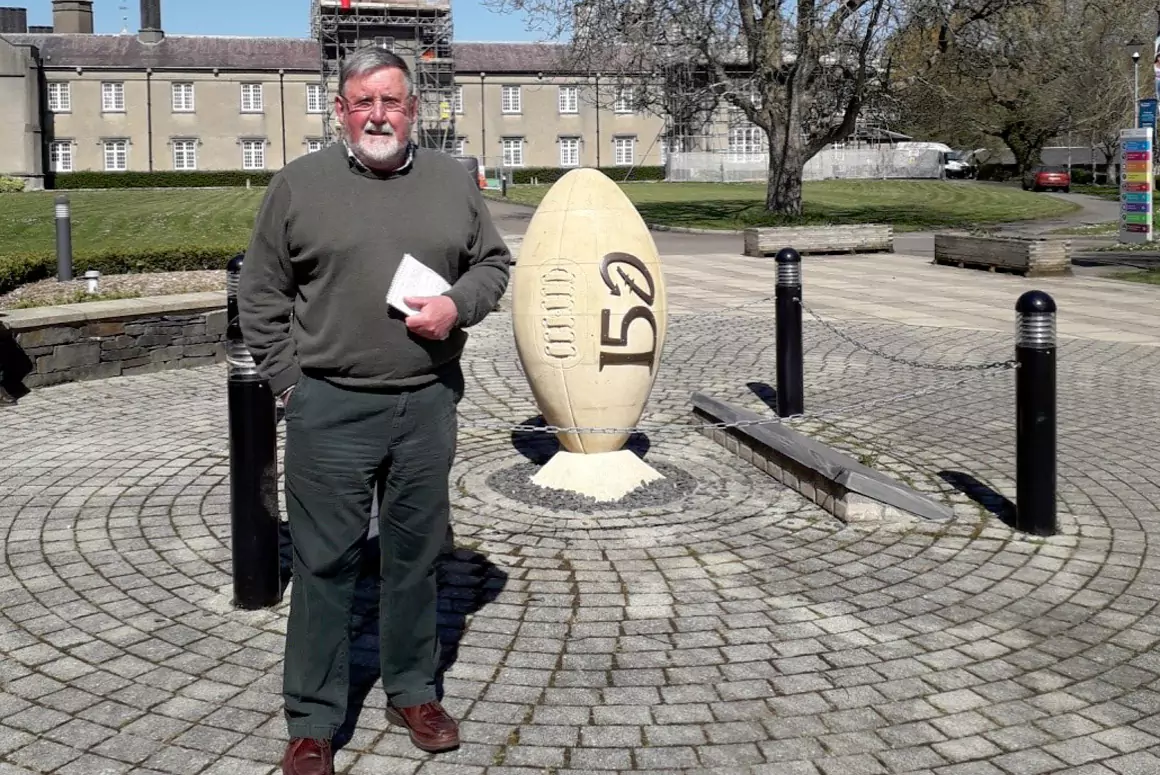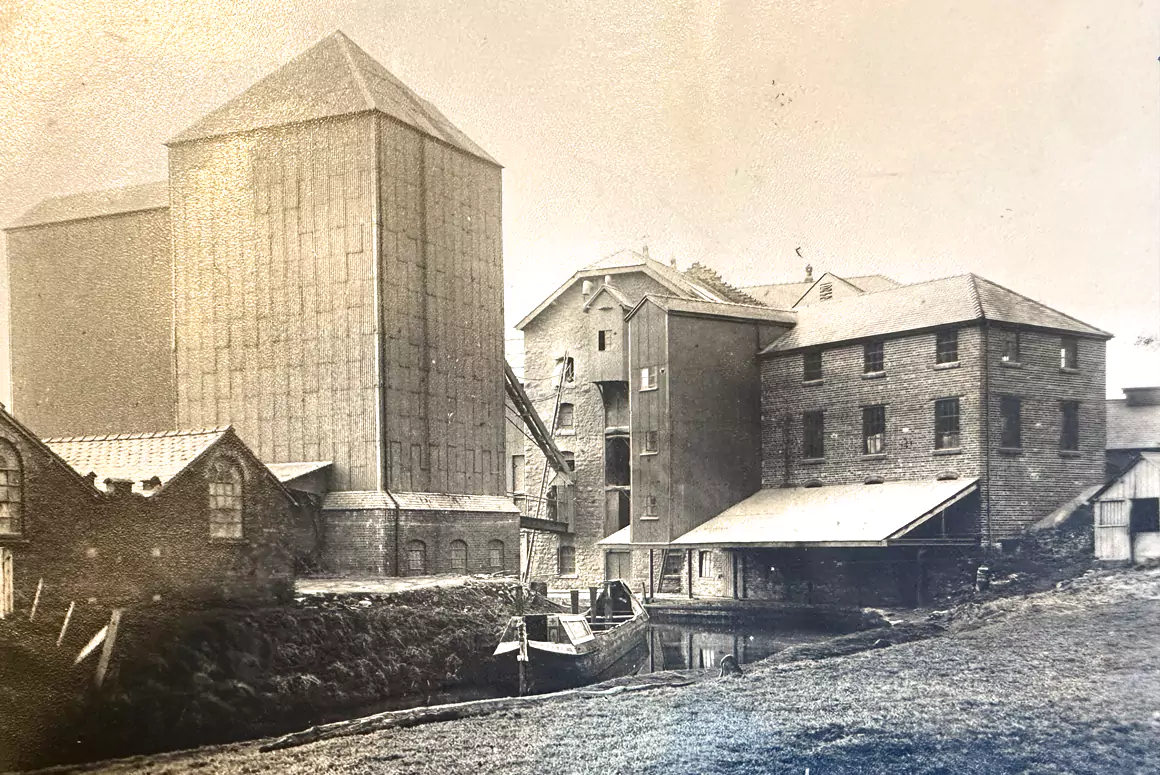Former Western Mail Schools Correspondent and Rugby World Schools Editor Huw S Thomas gives his view over the causes of Wales’s current decline in the world of rugby
Argument and discussion rages over the decline of Welsh fortunes at all levels of the game – at junior, regional and national levels.
Wales have lost fourteen consecutive games, and U20s are struggling badly and the regions have all lost heavily either to both Irish and South African sides in the URC.
So where has it all gone wrong after the relevant success of the last 20 years?
To my mind, the turning point of Welsh fortunes has its origin in two key WRU decisions.
The first was the gradual disbandment of the Saturday morning Dragons Rugby Trust U18 Schools and Youth Leagues and the second was the union takeover in 2004 of the running of U18 rugby from the Welsh Secondary Schools and Welsh Youth Rugby Unions.
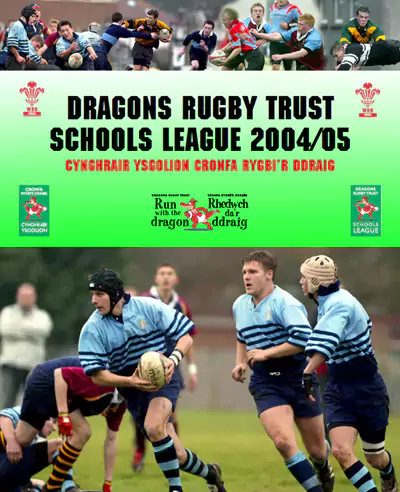
Wales had got it right back 25 years ago when The DRT Schools League – with the financial backing of the WRU and Lloyds TSB – was introduced in 1998-9.
Many top players first shone in the early years of the leagues, the likes of James Hook, Dwayne Peel and Gavin Henson getting the regular Saturday morning rugby that was crucial to their development on the road to Grand Slam and Lions fame.
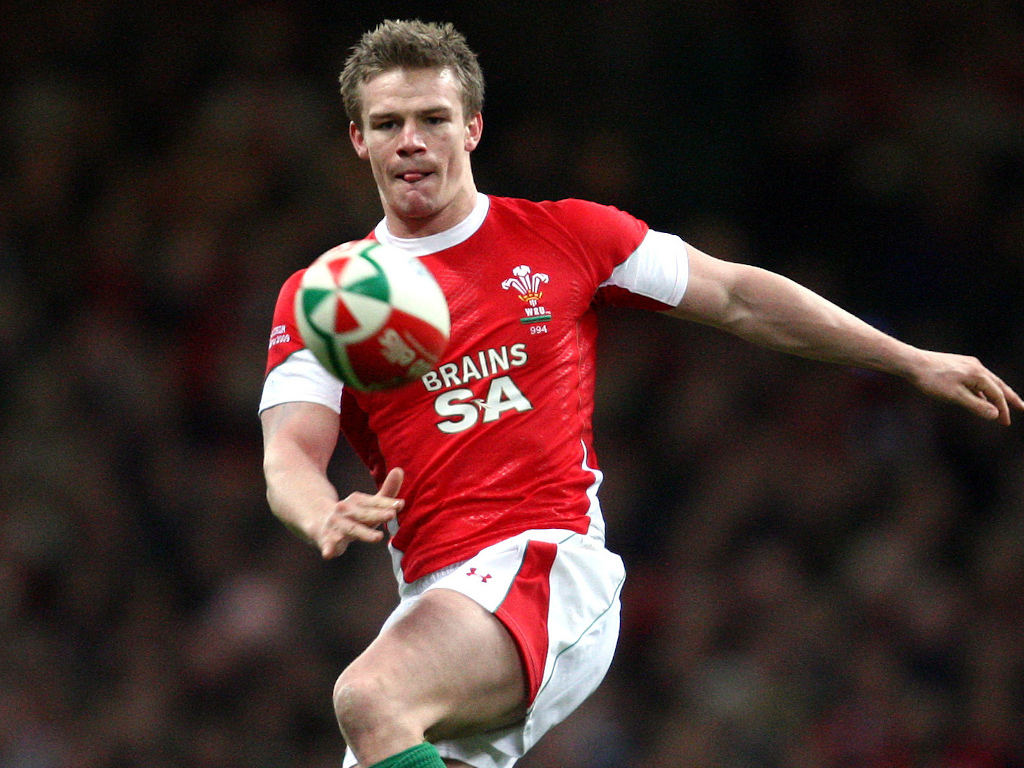
At its prime there were 110 schools playing on a Saturday morning, with schoolmasters ready to give of their time after the DRT had given it substantial travel and entertainment allowance.
In seven years of competition, the top leagues had any number of outstanding coaches in Dai Williams (Ysgol Glantaf), Paul Williams and Geraint Kathrens (Neath/Port Talbot College), Hugh Williams (Cowbridge CS), Wyn Evans (Ysgol Y Strade), Iolo Roberts (Ysgol Llanhari) and Hefin Elias (Ysgol Bro Myrddin) and, many others, too numerous to list.
Elias, built some wonderful sides around his two star players Rhys Priestland and Ken Owens whilst brothers Michael and James Hook, Aled and Nathan Brew were brilliant performers at Neath/Port Talbot under the Williams/Kathrens duo.
One memorable League play off stands out when in 1999 Ysgol Tregib and Maes Yr Yrfa drew just under 1000 people to neutral Pontyberem RFC to see Luke Charteris’s Llandeilo school go down 5-0 to a Dwayne Peel inspired Maes.
The DRT also introduced a no less successful Youth league system supported by BT so that boys in and out of school had opportunities of regular competitive Saturday rugby.
Then it all went wrong,
The DRT lot its driving force in chairman Vernon Pugh to an early death and when it stopped the financing of travel and post match entertainment, participation in the leagues plummeted.
Even more importantly, in September 2004, WRU Chairman David Pickering suddenly announced that the Union would take over age grade rugby.
It argued that amateur, part time coaches were not fit for purpose in the professional era and that professional coaches would improve the age group system.
It was to be a crucial mistake
The record of the Schools and Youth international sides had been outstanding and included very well organised winning tours to New Zealand, Australia and South Africa.
The last WSSRU tour to Australia in 1994, managed by John Huw Williams (St Cyres CS) and coached by Peter Williams (Maesteg CS) included future senior internationals in Chris Anthony, Leigh Davies, Jamie Ringer, Nick Walne, John Funnell, Martyn Williams and Nathan Thomas.
They beat Australia 19-12 in a full blooded test match at Ballymore.
Here were two healthy organisations, giving boys in and out of school the chance to be capped at U18 level and also to play each other on an annual basis, one game in 1997 drawing a crowd of 5,000 people to the Gnoll to see the Youth – inspired by centre Matthew J Watkins and wing Mark Jones beat the Schools who had Gareth Cooper at scrum half 14-8.
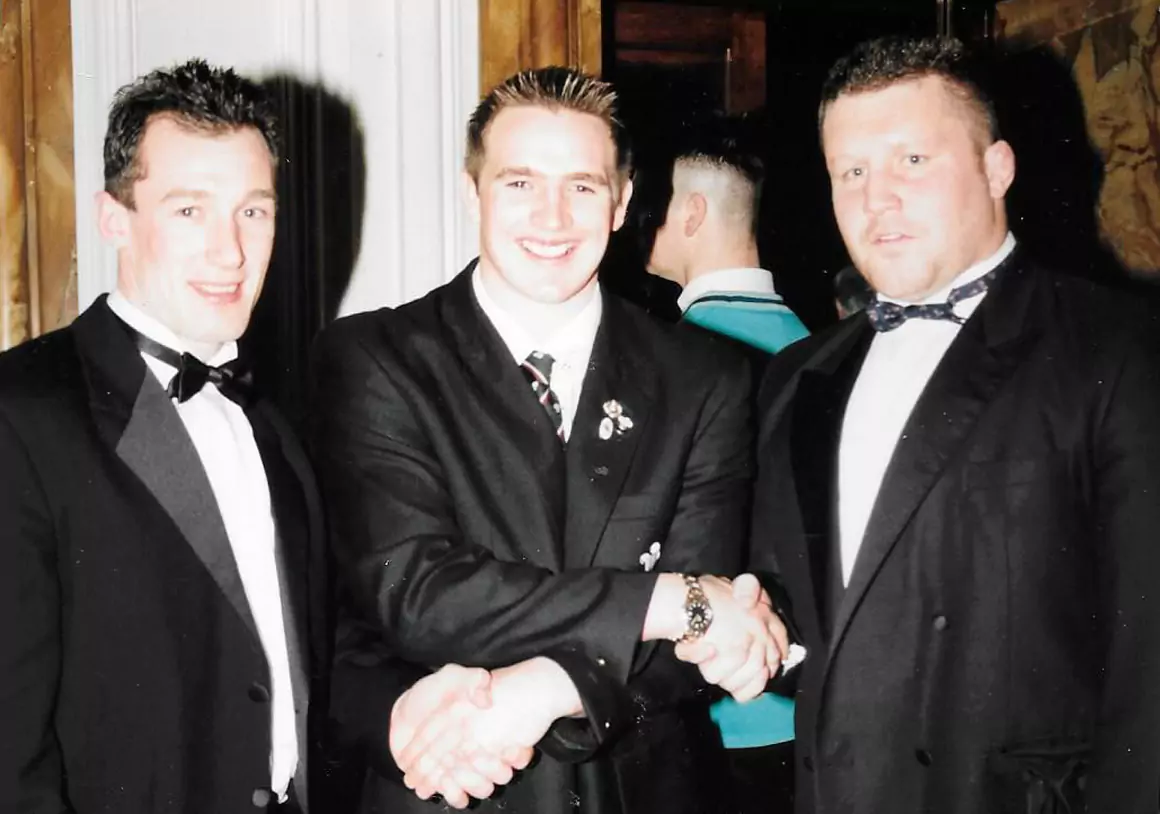
But the Union favoured a system of regional academies managed by full time pros to feed the one and Union led U18 side.
Welsh Youth Secretary Roger Thomas remembers.
“We were summoned to a meeting with WRU chiefs where David Pickering told us that in these days of professional rugby, there was no place for amateurs in the international arena.”
“The WYRU did not believe that this was the right decision but the Union insisted we sign a contract but as amateurs we were unable to comply.”
“We could not continue once the Union threatened to withdraw the £90,000 grant if we did not sign up to a national age group agreement”
“The clubs then voted to wind up the WYRU and hand the running of the youth game and the leagues to the Union.”
With the taking over of international U18 rugby, Wales lost two international sides and a schools and youth scouting system that was all embracing
The Youth’s elaborate network of clubs and districts was a honeycomb of good organisation and the Union could not hope to run youth rugby efficiently on its own.
With its disbandment, Wales lost a national structure that had been a key part of Welsh rugby since the war and the Union made no attempt to come to an agreement with the WYRU so that its continued expertise should be of benefit to the Welsh game.
With no international side to run and with no backing from the WRU, the Welsh Youth Rugby Union ceased to exist, the Welsh Schools became toothless and the Saturday Schools and Youth leagues petered out through lack of support and interest.
Roger Thomas believes that one result is the disappearance of some 100 youth teams in the last 20 years.
Schools and Youth mid week leagues stutter along in one fashion or other but the Union now relies on the four academies to provide international players – with little concern or attention to all those late developing youngsters in schools and clubs.
The Union has put its faith in a Welsh Colleges league, full of regional academy players and standards are good for a small elite but it has creamed off the best schoolboys so that inter-school fixtures are a sad shadow of what they used to be.
Indeed it has come to the point now that the academies dictate players’ programmes, often stopping players from turning out for their school or club in favour of extra conditioning and to prevent “overplaying”
It has led in some instances to boys often sitting on the bench for their regional side, having to be content with coming on as a replacement and getting limited game time.
The lack of a vibrant competitive secondary schools and youth structure and the effects of the disappearance of Welsh Secondary Schools and Welsh Youth international sides at the end of the 2003- 2004 season have weakened the identification of talent ever since.
Its consequences are now being seen at all levels of the Welsh game.


